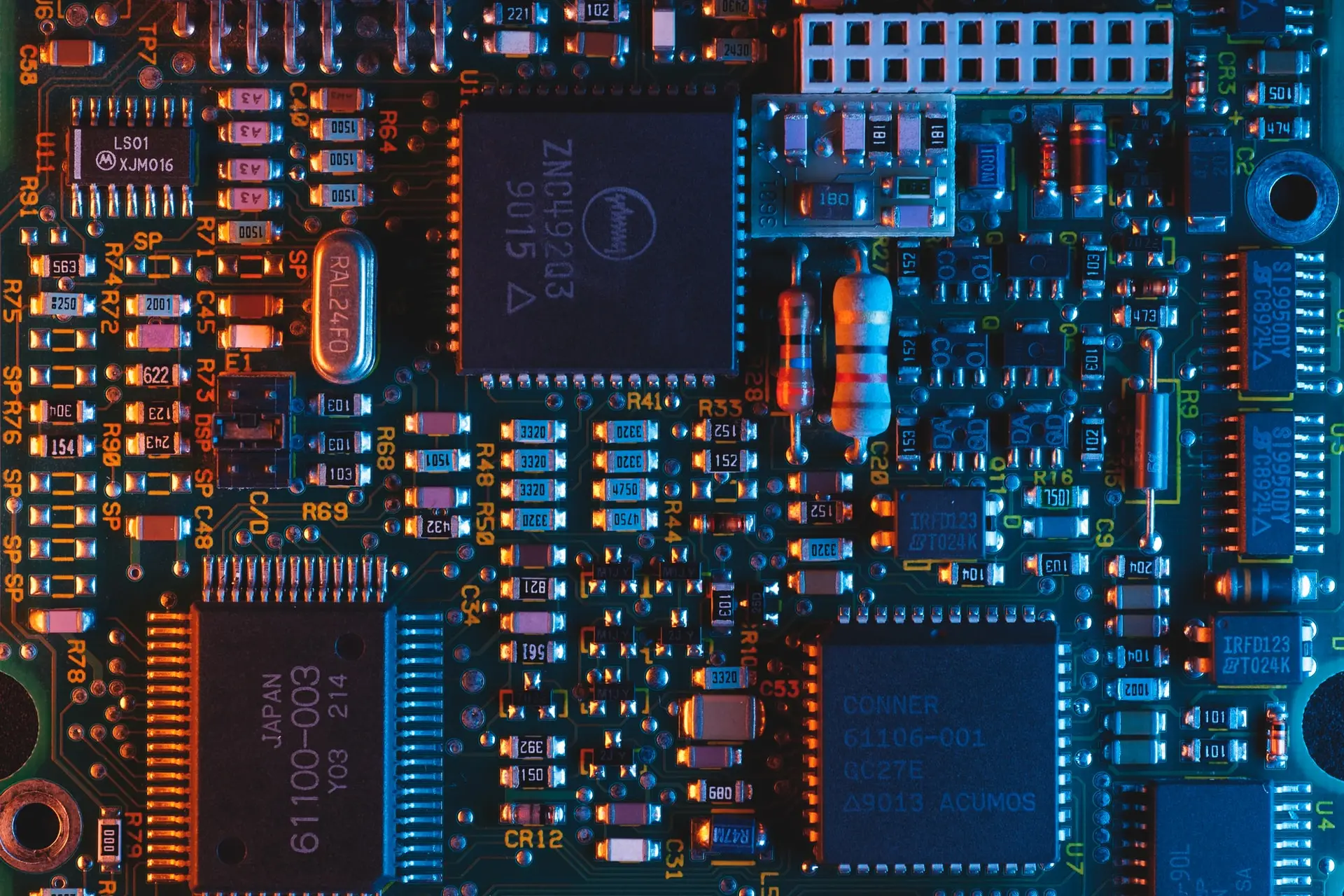- OK, let’s upload our project BOM to buy all parts needed to assemble some prototypes…
[a few moments later]
- Oh, no! Several parts are Out of Stock! That’s weird, I bought the same BOM a month ago.
Let’s dive in. Passives are easy to substitute, many alternatives are available. It’s a waste of time, but we can solve the problem. With active parts and ICs we can try some tricks like looking for the same part with different suffixes. For in-house prototyping purposes, we don’t mind buying them in tube, tray or cut-tape (even bulk). Let’s give it a try:
- Wait a moment, many components are still not available! Well, let’s search for the whole family and try different temperature grades, voltage range, … It’s not ideal, but we need to build these prototypes in time and in case we need to change some important part, we will need to step-back and validate design again.
[once again]
- What the f***, the entire family is unavailable!
If you work in the electronics industry you may know what I’m talking about. What’s happening with electronics components?
I can try to summarize in a few lines what’s going on with what some people call ‘Chipageddon’.
Due to COVID19, some large companies, like car manufacturers, cancelled a lot of orders during the first virus wave, in the beginning of 2020. Months later sales recovered faster than expected, they tried to resume and increase their orders, but the capacity of their semiconductor manufacturers were already sold. Why? Some reasons:
- During lockdown the demand for laptops, computers, video game consoles (with new HW releases) increased.
- New technologies like 5G demand a large amount of new electronic parts.
- All this growing industry hoarded the capacity of some foundries.
During 2020 the shortage of electronics parts beat the big manufacturers and big electronics supply chains, but due to overbuying and domino effect, today retailers are suffering this lack of stock and therefore, small producers and prototypers.
Fortunately small companies with in-house design teams, like us, can modify and adapt their products to fluctuations in market stocks and, if feasible, avoid stopping our workflow.

